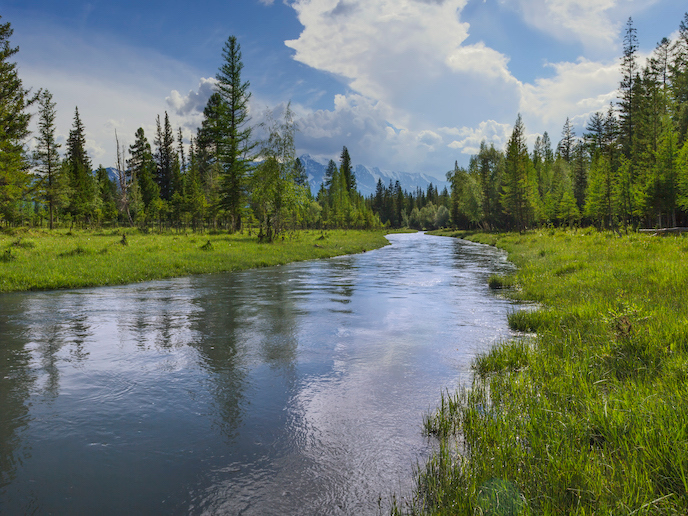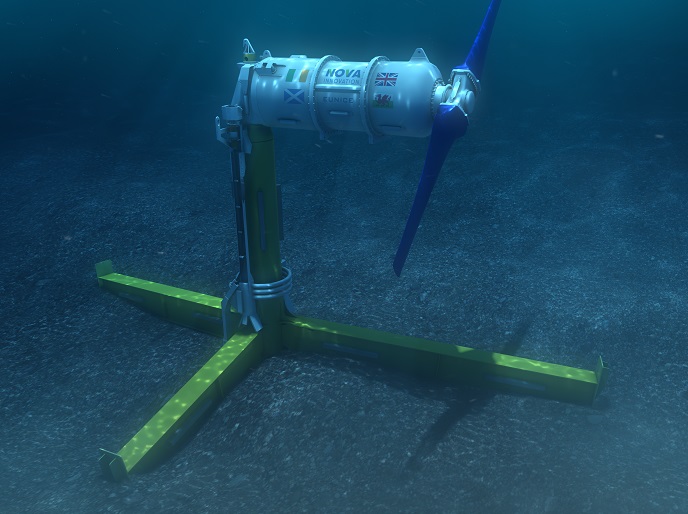Tapping into the energy potential of rivers and streams
In the face of a changing climate, the European Commission has established clear and ambitious goals to reduce the emission of greenhouse gases in the coming decades. This endeavour would benefit hugely from drawing renewable energy out of every area possible on the continent. Rivers offer a considerable potential energy source. Some are left untapped due to their small size and incompatibility with larger hydropower generators. Those that already have dams present further opportunities to generate power. “The water evacuation channels of these dams constitute an important source for installing our machines. They are most often active when the demand for electricity is high and therefore when the purchase prices are also interesting,” explains Franck Sylvain, president-director-general of Eel Energy and ELVER project coordinator. The EU-funded ELVER project has developed an innovative, nature-inspired generator that could soon be used to harness electricity even from slow-flowing water sources. The solution is based on tidal energy and uses a membrane that converts kinetic energy into electricity.
Undulating membrane
The technology is developed by ELVER project host Eel Energy, a French hydrotech start-up. It is a 1 MW tidal energy converter based on biomimetic principles of an undulating membrane. The membrane flows from the pressure of the moving water, and an electromechanical system transforms the motion into electrical energy. The whole length of the membrane surface is used for energy conversion. A monitoring system ensures that the conversion is constantly optimised in response to any changes in the flow conditions in the river. “The wavy membrane serves as an energy collector, with the advantage of having a larger surface area than the surface of the blades of a turbine. Its movement is natural, and there is therefore little or no disturbance of the ecosystem,” notes Sylvain. The ELVER system is more efficient than the traditional propeller solution, and crucially can generate power in low-energy water flows. The membrane begins to undulate in a current of 0.7 m/s with an operating optimum of 2-2.5 m/s. The modular nature of the technology – both in size and in concept – means that the generator can either be installed on the undulating membrane underwater or as a stand-alone system out of the water. “Another advantage is simplified maintenance, since this technology is not afraid of algae or debris which can easily clog the turbines,” Sylvain adds.
Worldwide possibilities
ELVER is part of a more global project with the ERDF–Hauts de France (website in French) and ENCORE, allowing the team further opportunities to develop their machines. Beyond Europe, Sylvain points to huge market potential in emerging countries, where demand for energy is growing more rapidly, and where many rivers remain under-equipped with hydroelectric solutions. The ELVER technology could provide communities around the world with energy independence, and reduce pressure on national grids. “Our solution will allow the creation of local tidal turbine farms just where demand is located along rivers, without having to create a large electrical network,” Sylvain explains.
Keywords
ELVER, river, stream, power, energy, harness, electricity, generator, undulating, membrane




